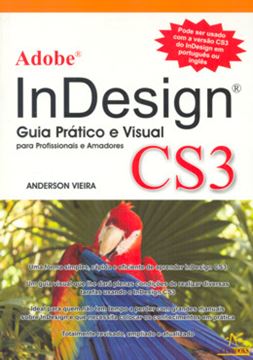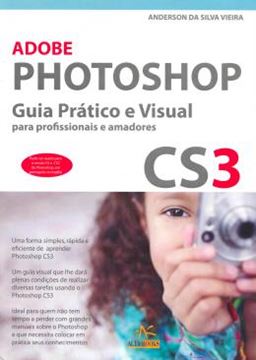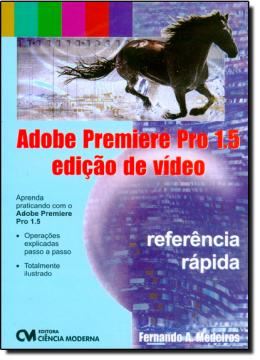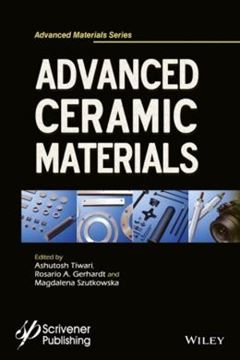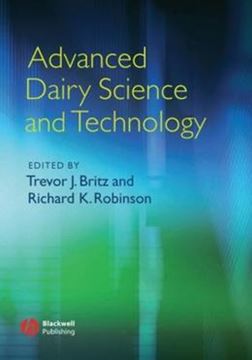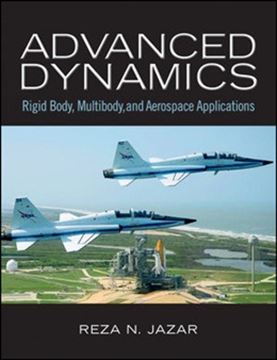Pesquisa
Engenharia
View as
Ordenar
Display
per page
ADOBE PHOTOSHOP CS4 CLASSROOM IN A BOOK
R$ 258,00
ADVANCED CERAMIC MATERIALS
R$ 2.016,30
ADVANCED DAIRY SCIENCE AND TECHNOLOGY
R$ 3.202,82
ADVANCED DYNAMICS
R$ 1.654,40
Produtos recentemente vistos



